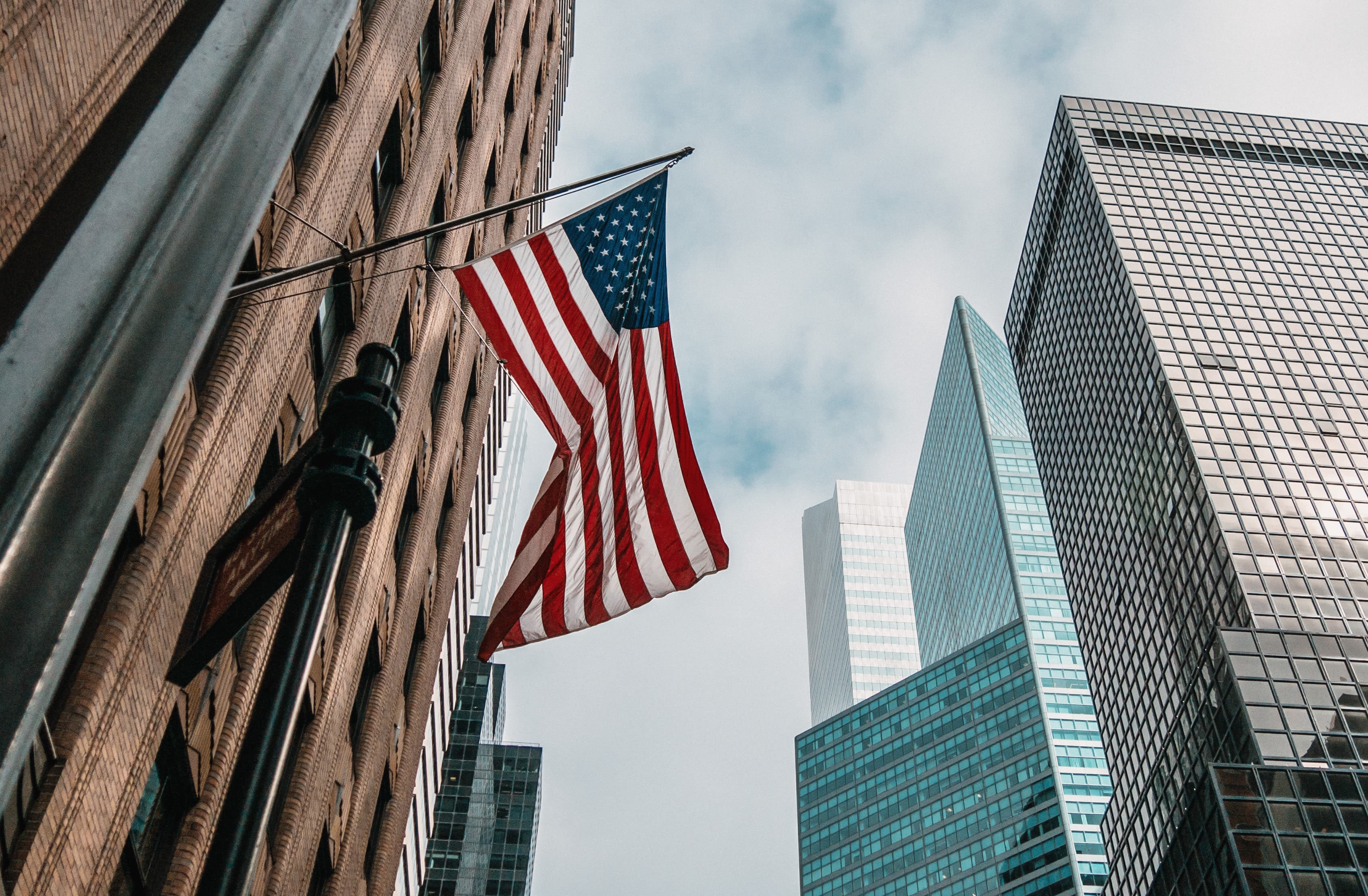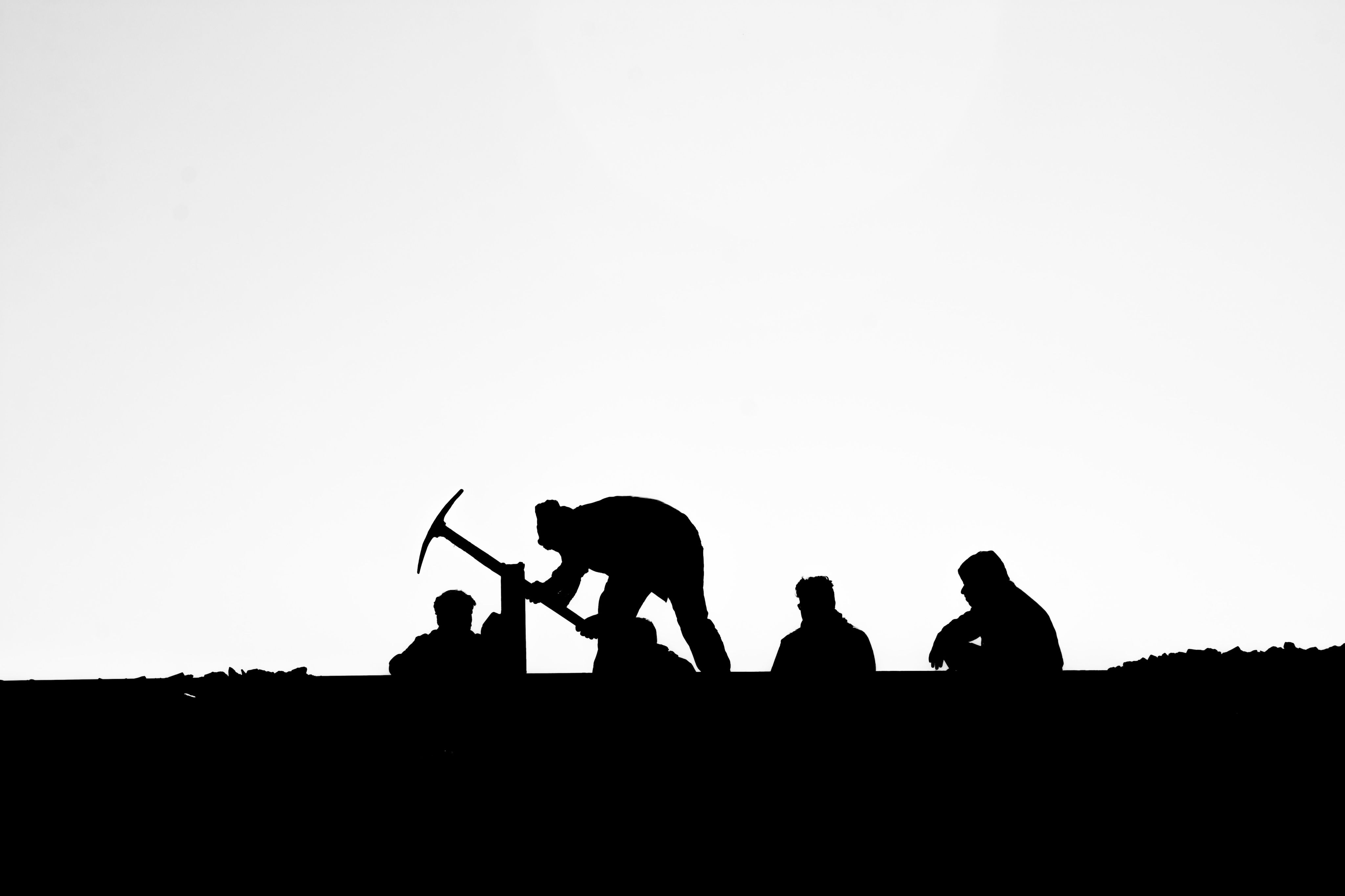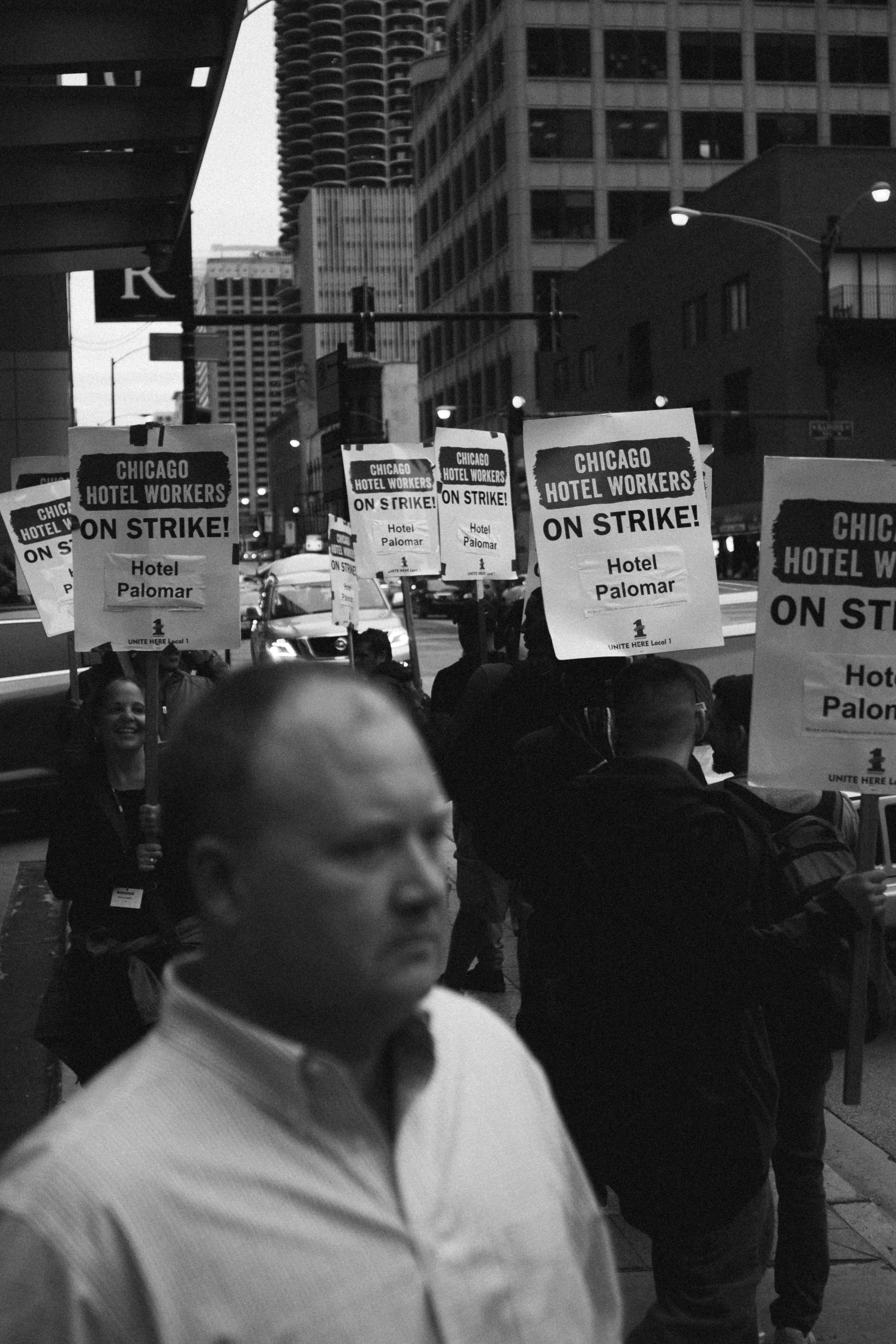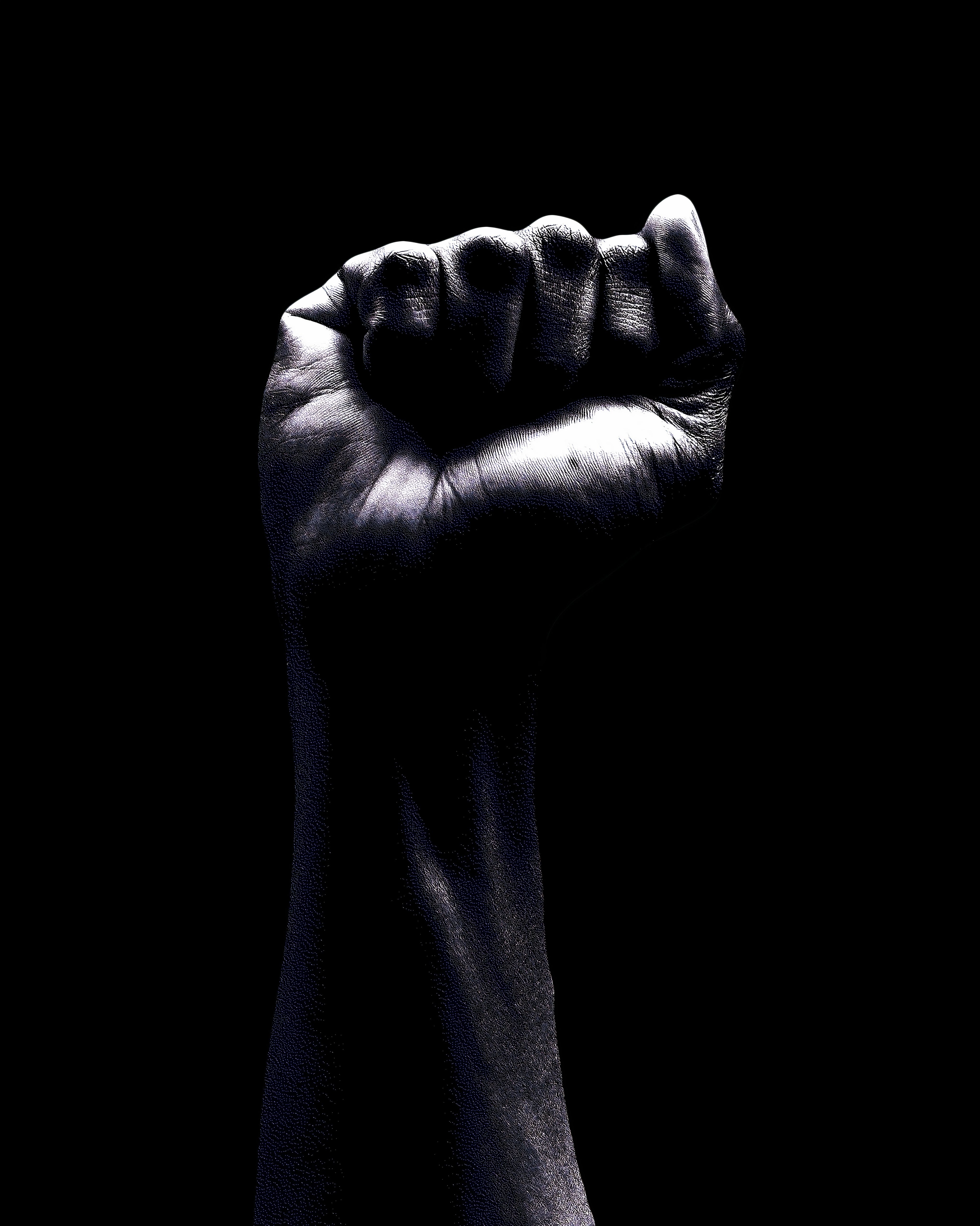Pro-Union. Pro-Worker.
Entering a New Era in Labor Politics

Groups of workers in the same profession that organize for their collective interests are called labor unions. They operate by taking dues from individual workers in exchange for collective bargaining (the negotiation of wages and other benefits for workers).
Workers who aren't official members of the union still pay dues. Collective bargaining covers all workers regardless of union membership status, and in order to maintain those conditions all workers need to contribute. Right-to-work (RTW) legislation exists to provide those non-union member workers the opportunity to opt-out of paying dues while still receiving collective bargaining benefits as long as the union exists.1

Photo by Javad Esmaeili on Unsplash
Photo by Javad Esmaeili on Unsplash
Between November 21st, 1945 and March 13th, 1946, automotive workers were on strike for 113 days.2
The power of unions sparked wide political debate due to the disruptive nature of strikes.
The Taft-Hartley Act was subsequently passed in 1947, paving the way for RTW legislation to cross the U.S.3

Photo by Kemal Kozbaev on Unsplash
Photo by Kemal Kozbaev on Unsplash
As previously defined, RTW legislation allowed workers to opt-out of paying for union dues and still receive collective bargaining benefits. The caveat here is that this arrangement would remain for as long as the union exists. However, when everyone opts-out, the union cannot employ people to do the legal bargaining process or maintain its stability.1
The union falls apart due to the free-rider dilemma.
Now, workers in a formally unionized space, lack all of the collective bargaining benefits they once had. Benefits like guaranteed vacation time, overtime pay, or even just protection from random firing are all gone as soon as the union contract is voided. Of course, employers must maintain certain requirements as labeled by federal law, but those laws only go so far to actually protect workers.
How many states really adopted RTW legislation, though?
As of today, over HALF of U.S. states have adopted RTW legislation.
But what does that look like?
As more states adopt RTW legislation, more unions in those states become destabilized.
While RTW legislation does not explicitly prevent unions from forming, the free-rider dilemma makes them incredibly difficult to maintain.
As a result, union membership rates have dropped across the country.

20.1% in 1983.
11.1% in 2015.

What is the big deal?

This paints an incredibly grim picture of labor politics in the U.S. With 28 states maintaining legislation that makes it harder for workers to organize for their own interests, this pay discrepancy only adds tension to an already inflamed political climate.
Considering the COVID-19 pandemic for a moment, understand that tensions surrounding labor are at an all time high. It only takes a quick Google search to see shortages are occurring across the nation. From nurses to teachers, workers are leaving necessary fields.
Are these workers vacating positions just because of COVID-19? No, but the pandemic was the catalyst for many. Between poor working conditions and stagnating wages, workers are responding by quitting.
"The most recent U.S. Labor Department’s monthly Job Openings and Labor Turnover Survey, released last week [as of October 2021], showed there were 10.4 million job openings in August whereas the number of people leaving their jobs (the so-called “quits rate”) rose to 4.3 million, the highest level seen on records dating back to Dec. 2000." - Holly Ellyatt4

Photo by Skyler Gerald on Unsplash
Photo by Skyler Gerald on Unsplash
What about those who aren't quitting?
Welcome to Starbucks.
Buffalo, New York. December 9th, 2021.
The first Starbucks location successfully unionized.5
“Sometimes strikes and union organizing victories can be very contagious,”
- Johnnie Kallas5
Starbucks has officially opened the door for workers across the U.S. to get involved, to quit accepting the poor working conditions they are in, and to organize despite the previously successful pushback RTW legislation had on states. RTW legislation doesn't prevent you from unionizing, it just makes it harder.
These workers aren't giving up. Not just Starbucks employees either. Anywhere from Amazon to REI to Chipotle, workers are standing up and fighting back. So much so that in the past year alone (as of August 30th, 2022), unions have won more elections than they have in the past twenty years.6

Photo by Japheth Mast on Unsplash
Photo by Japheth Mast on Unsplash
If you're concerned about the environment of your workplace, organizing might just be a viable option for you and your coworkers.
Accepting lower wages, minimal benefits, or bad working conditions no longer needs to be the norm.
Consider a union today.


Photo by Hannah Busing on Unsplash
Photo by Hannah Busing on Unsplash
SOURCES:
1. Nicole Fortin, Thomas Lemieux, and Neil Lloyd, RIGHT-TO-WORK LAWS, UNIONIZATION, AND WAGE SETTING, (National Bureau of Economic Research, 2022), 1-4
2. Special to People's World, Today in labor history: 113-day strike against GM in 1945, (People's World, 2015)
3. Dale Mineshema-Lowe, Taft-Hartley Act of 1947 (1947), (The First Amendment Encyclopedia, 2009)
4. Holly Ellyatt, There are millions of jobs, but a shortage of workers: Economists explain why that’s worrying, (CNBC, 2021)
5. Rani Molla, What the first Starbucks union means for workers everywhere, (Vox, 2021)
6. Rani Molla, How unions are winning again, in 4 charts, (Vox, 2022)
